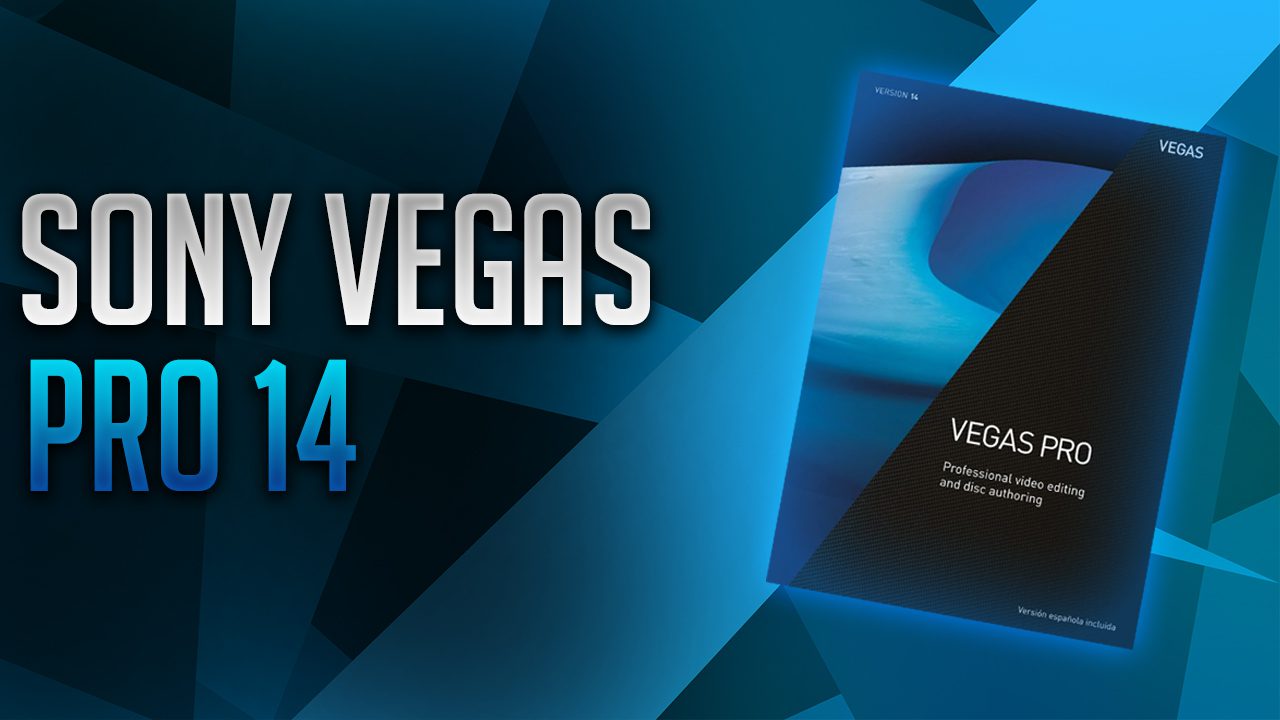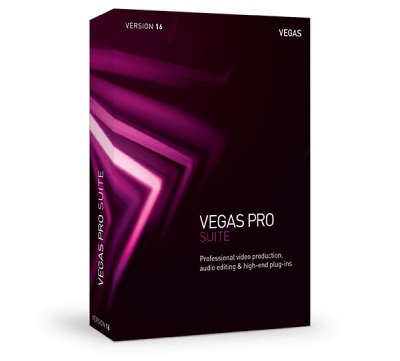
- #DO SONY VEGAS 14 FILES WORK ON SONY VEGAS 16 ARCHIVE#
- #DO SONY VEGAS 14 FILES WORK ON SONY VEGAS 16 FULL#
- #DO SONY VEGAS 14 FILES WORK ON SONY VEGAS 16 PRO#
- #DO SONY VEGAS 14 FILES WORK ON SONY VEGAS 16 TRIAL#
- #DO SONY VEGAS 14 FILES WORK ON SONY VEGAS 16 OFFLINE#
Projects also remain fully accessible to users even after expiration and can be easily imported and edited by other versions of VEGAS Pro.

#DO SONY VEGAS 14 FILES WORK ON SONY VEGAS 16 OFFLINE#
Video projects can be edited offline within the subscription just like with the perpetual license.
#DO SONY VEGAS 14 FILES WORK ON SONY VEGAS 16 FULL#
Users now also have full access to the audio editor SOUND FORGE Audio Studio to add high quality sound to their projects.
#DO SONY VEGAS 14 FILES WORK ON SONY VEGAS 16 PRO#
With flexible terms and additional services, we seek to fulfil a long-standing demand of our VEGAS Pro fan base" says Gary Rebholz, Product Owner.įor video editors, the new software package includes all the latest features of VEGAS Pro with high-end plug-ins and online training courses to learn to use VEGAS Pro. "With VEGAS Pro 365, we want to make it easier for aspiring video creators and enthusiasts to access professional video and audio production software.
#DO SONY VEGAS 14 FILES WORK ON SONY VEGAS 16 TRIAL#
The existing versions and 30-day trial version of VEGAS Pro continue to exist. The subscription-based-offering VEGAS Pro 365 is priced from $16.67/month.įocused on the first-time users, this new version offers a complete video and audio editing solution with all the features of VEGAS Pro 15 and SOUND FORGE Audio Studio 12, along with online training courses to learn VEGAS Pro.
#DO SONY VEGAS 14 FILES WORK ON SONY VEGAS 16 ARCHIVE#
Besides, each version of Vegas Pro seems to want to rebuild these files even if they already exist so I removed them before I archive a project. I also get drives from clients and if I edit from their drive, it’s not fair for me to give them their drive back with all of these useless files just because I used Vegas Pro to edit. Removing them from archives can save a lot of space.

“They’re usually very small so that’s not a concern to me.”Īctually, the audio and video proxies from nested projects can become quite large. Some other NLEs do something like option 4 or option 5, or solve it with an external metadata database. In the earliest days of Vegas (before my time) the devs tried option 4, but it caused more trouble than benefit. In summary, option 1 has consistently come out on top as least problematic. – wasted effort if you share media between projects veg file really huge, which slows down save/undo dramatically – no file compatibility issues from option 4 – pretty clean from a filesystem point of view – possibly incompatible with other NLEs or players – file timestamps keep changing, which makes it hard to know what’s current – worst performance impact (multiple reads to the same file) – not all media formats have compartments to store custom data Option 4: save the sidecar *inside* the media file – hard to know what to delete if you need disk space back – never have to see the ugly sidecar files Option 3: save them in a user-specified folder if you have D:\movie1.mp4 and E:\movie1.mp4, what do you call the sidecar file in C:\Projects ? – all the Pros from option 1 are now Cons here – if you delete your project, it’s easy to delete all the sidecars at the same time – if you rename the media file, the sidecar file is forgotten – media folder is littered with extra files

– computing the sidecar filename is really easy from the media file name – if multiple projects use the same media, you only generate the sidecar once – if you move the media to a new folder, it’s easy to grab the sidecar too – if you move the media folder, the sidecar stays with the media Option 1: save them with the media (as we do today) Yeah, I agree it’s annoying but the alternatives are worse… This applies to. Here’s a response from Chris Dolan, one of the Sony developers on the Sony Vegas forum about two years ago when this question came up yet again. If at some point in time you do want them visible, then enable this option again. If you never want or need to see the waveforms, go into the View menu and deselect Audio Event Waveforms. This has been discussed numerous times on several Vegas forums and, while most users feel the same way you do, Sony has never done anything about it. Sorry Roger but the only solution is to manually delete the.


 0 kommentar(er)
0 kommentar(er)
